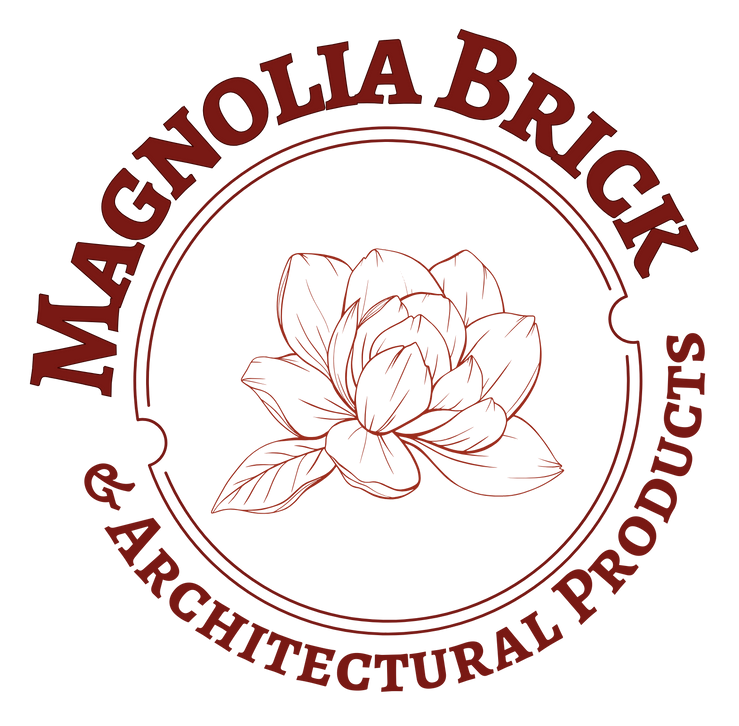FAQ's
Got a question? We’re here to help.
-
What is efflorescence on bricks, and how can it be treated?
Efflorescence is the white, powdery deposit that can appear on the surface of bricks due to the migration of soluble salts. It can often be removed by brushing or power washing the surface.
-
Are there different types of bricks for different climates?
Yes, certain brick types may be better suited for specific climates or environmental conditions. For example, some bricks are designed to withstand freeze-thaw cycles.
-
Can bricks be used for interior walls?
Yes, bricks can be used for interior walls to create a rustic or industrial aesthetic. Interior brick walls can also provide thermal mass benefits.
-
Do bricks require a special foundation or support structure?
Bricks are relatively heavy, so they may require a suitable foundation or support structure to ensure stability and longevity. The specific requirements depend on the design and load-bearing considerations.
-
Can bricks be used in modern architecture?
Absolutely. Bricks are a versatile material that can be incorporated into modern architectural designs. Many contemporary buildings feature brick as a key design element.
-
What is the difference between common bricks and face bricks?
Common bricks are used for structural purposes and are typically hidden from view once construction is complete. Face bricks, on the other hand, are designed to be visible and are chosen for their aesthetic appeal.
-
Do bricks require maintenance?
Bricks are relatively low-maintenance. They do not need to be painted or sealed regularly. However, periodic cleaning may be necessary to remove dirt or algae growth.
-
What is brick made of?
Brick is typically made from clay and shale, mixed with water and other additives. The mixture is then molded into bricks and fired in a kiln to harden it.


